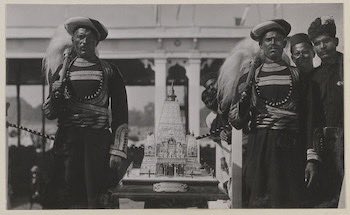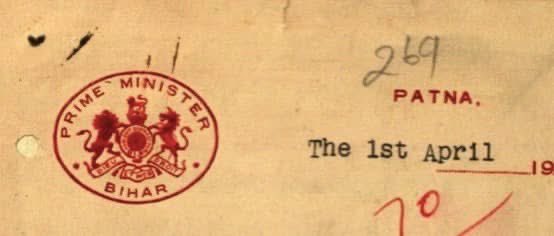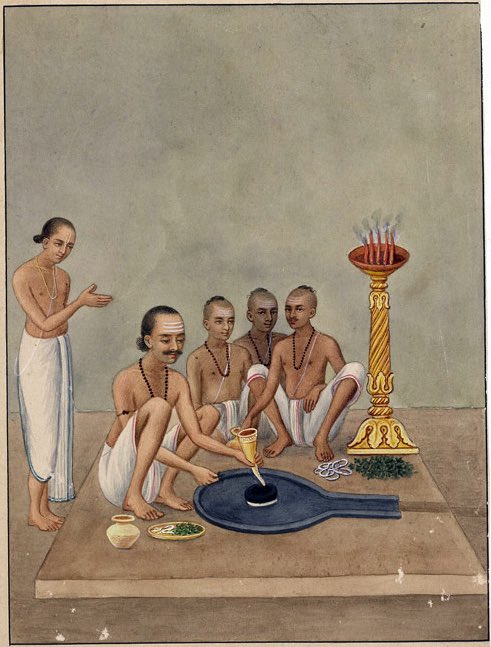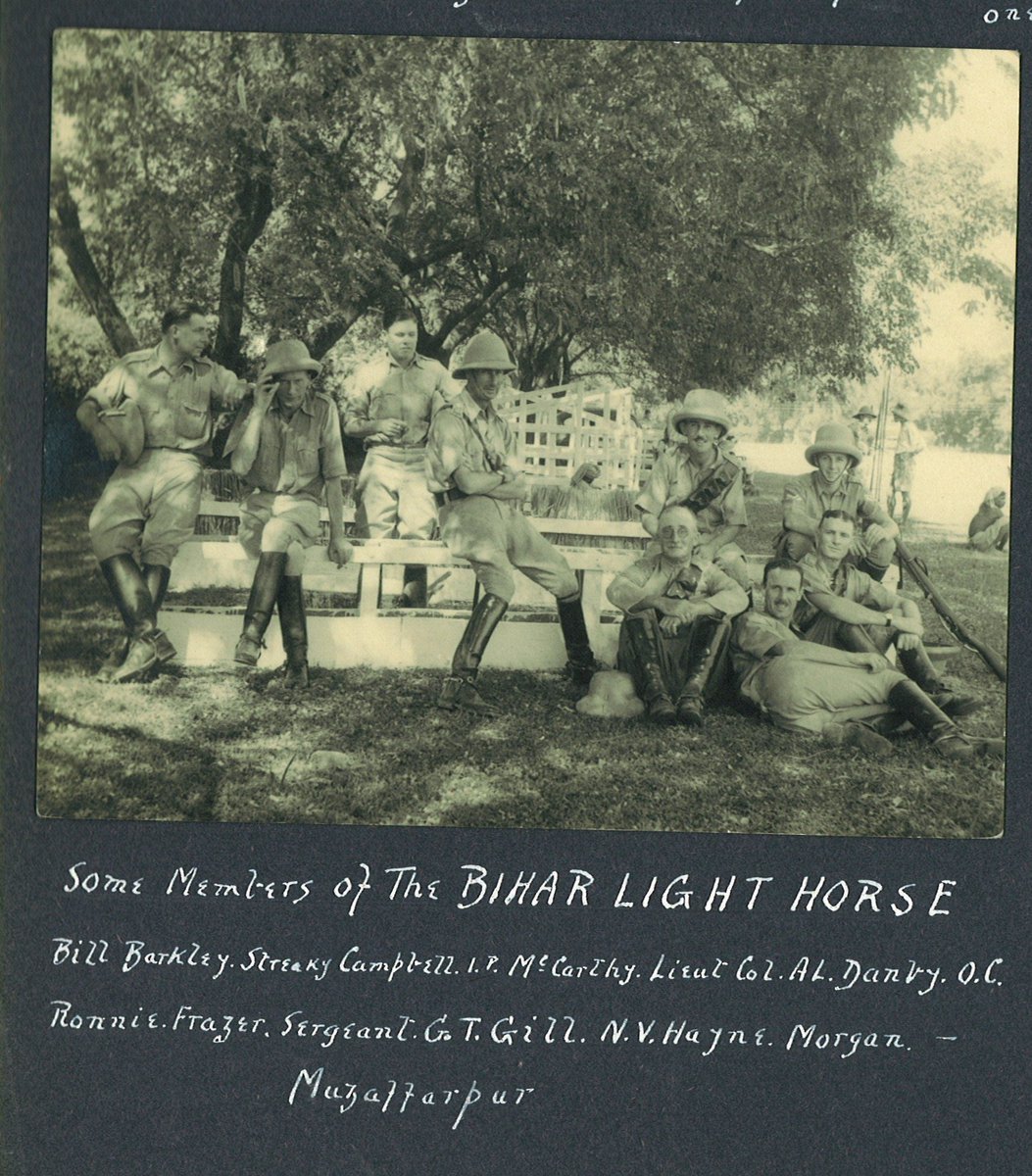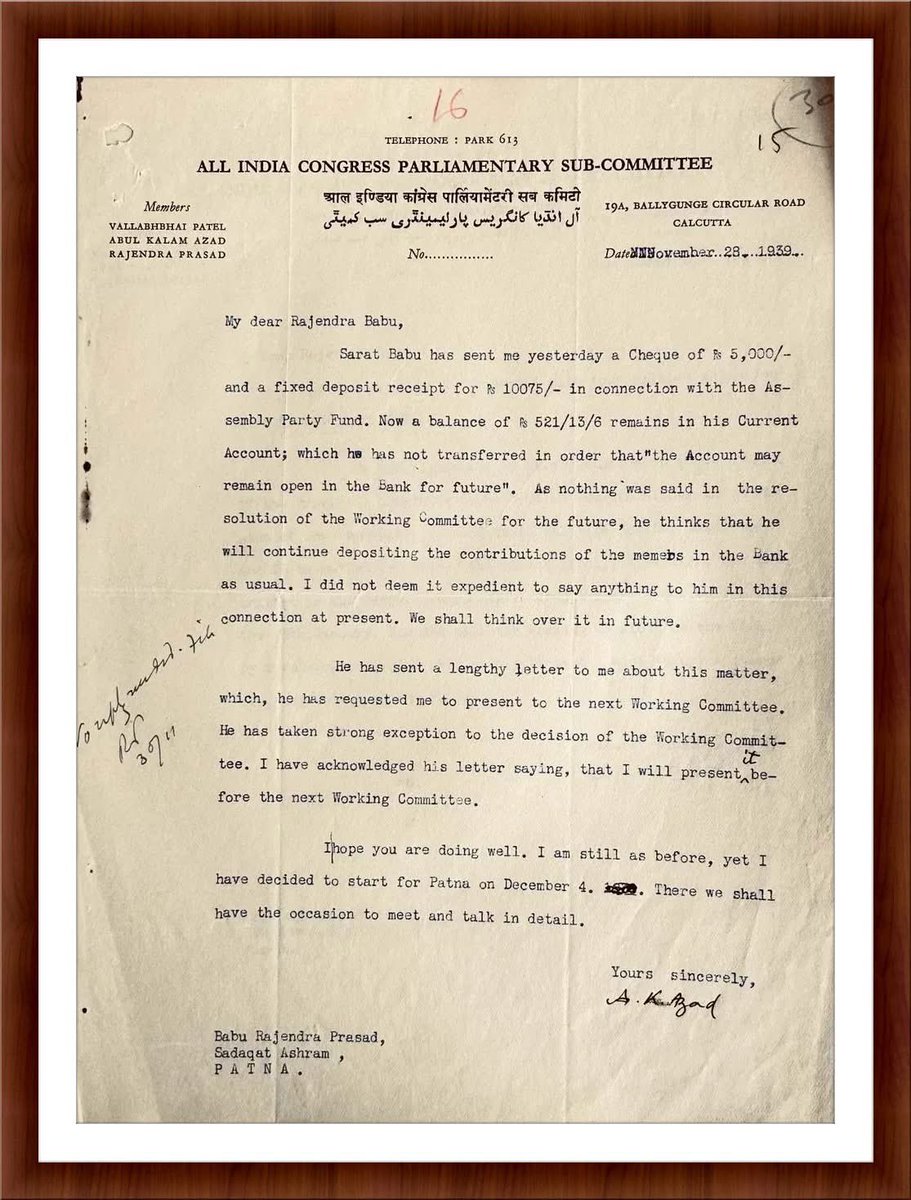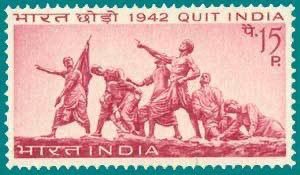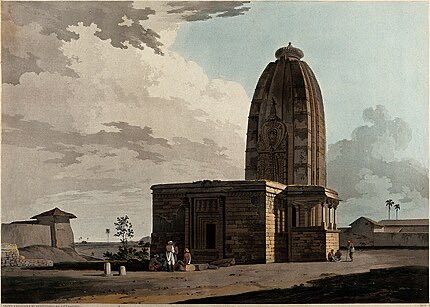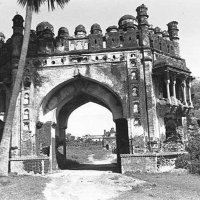
Bihar Digital Archive
@archiveofbihar
ID: 1880298306431250435
17-01-2025 16:57:20
62 Tweet
338 Followers
3 Following

















Photograph of two men beside a silver casket representing the Mahabodhi Temple, presented to the Prince of Wales at the Patna Durbar on 22 December 1921. The casket, on a marble and wooden base, contains an Address of Welcome and features an inscribed plaque. © Royal Collection Trust
